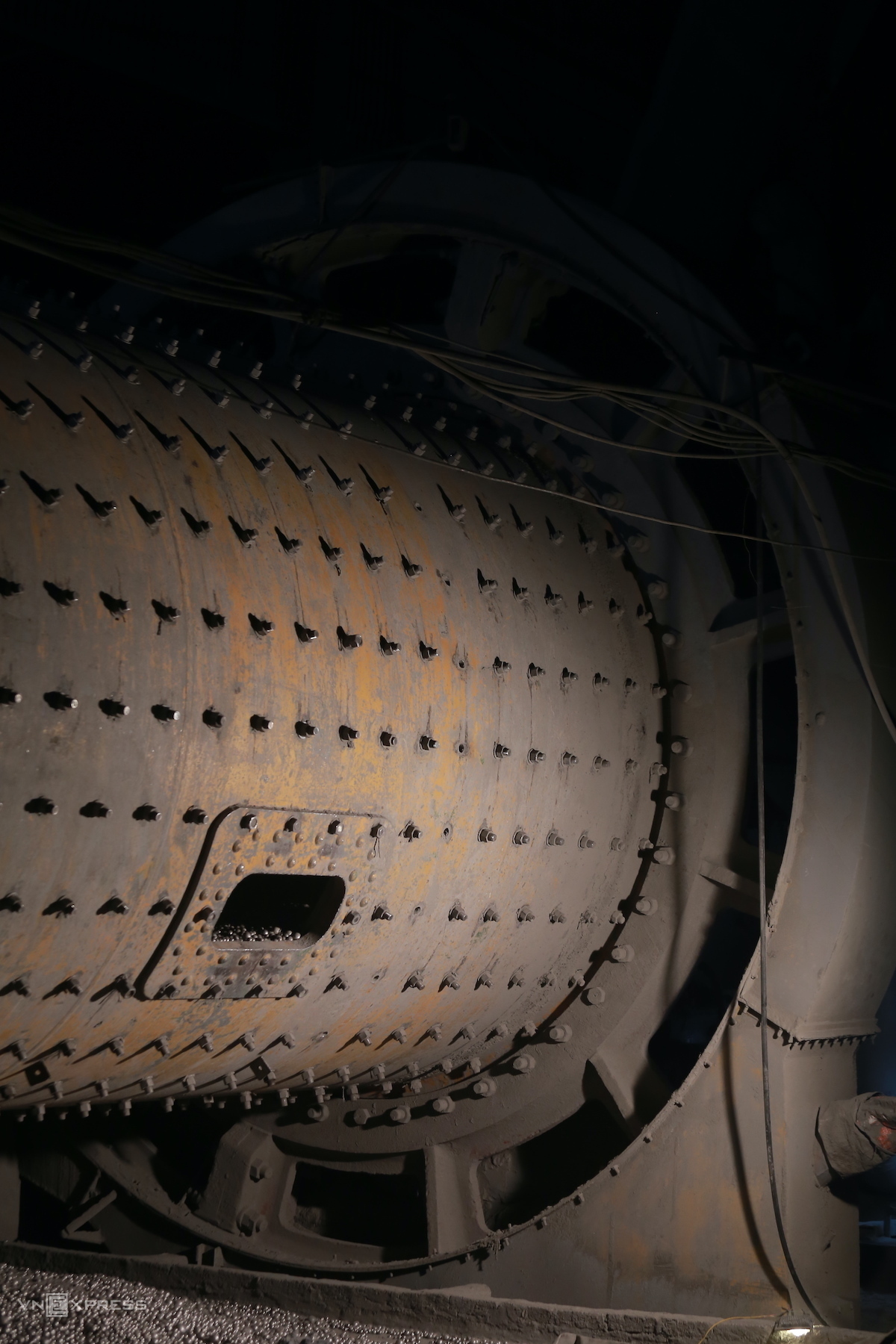Permit Required Confined Spaces
One of the top questions I get via SAFTENG and in my PRCS or Hazardous Atmospheres training courses is... Why did OSHA use 10% LEL to define a hazardous atmosphere? There is an official and logical reason, both of which should be understood. First, the "official" reason: Read more ... Add new comment
Seven (7) workers were killed, and three (3) others were injured while conducting periodic maintenance on one of the plant's kilns when the incident occurred. When the workers entered the rotary kiln to start the repair work, the kiln unexpectedly restarted. Replacing the eroded kiln plates is done every 5-7 months and "Things usually go well, but there was an incident this time." It was stated that the kiln started to operate around 35 minutes after the workers entered. The three (3) injured workers were stationed on the roof of the kiln and fell to the ground when it began to rotate.
Both OSHA PRCS standards define and quantify a Hazardous Atmosphere in terms of combustible dust using the distance one can see through the dust cloud...
The "note" seems to exempt us from measuring the atmosphere, which is good because I don't think most facilities can measure dust concentrations. But having so much suspended dust that I can not see 5' is a lot of dust! Does your program accept this quantity of combustible dust to be suspended in the atmosphere of space? We always used "any visibly suspended dust" as our measure, as we had several different combustible dusts with widely varying LELs. For example:
This is a crazy case! The mill hired a contractor to build scaffolding inside one of its Chlorine Dioxide (CLO2) tanks. The mill prepped the tank and even performed the initial air sampling of the space. Turned it over to one of the scaffolding contractor employees who would be the attendant for the entry. Three entrants and the attendant were wearing personal Cl2 air monitors. Three scaffolding builders entered the tank. After 30-40 minutes, one of them felt ill and exited the tank. Once outside his personal detector alarmed. Soon after, the other two workers' detectors went into alarm, and they exited the tank. Two entrants were hospitalized for two (2) days; the other two were treated and released. The employee who filed the suit continued to suffer symptoms from chlorine dioxide exposure, including excessive coughing and wheezing. He was diagnosed with bronchiolitis obliterans and upper airway injuries. He sued the mill, the company that made the personal detectors, and the company that supplied the detectors. So far, he has lost his case. This was his appeal, but it did not go well. The paper mill claimed they had no control over the event, even though it was their tank on their property. This post is NOT about limiting liability but about managing PRCS entry hazards. I will note that the meters' manufacturer presented evidence that two of the monitors detected chlorine dioxide limits that would have put them into alarm, but the monitors were switched off less than two minutes later. This happened several times over 24 minutes for one monitor and 33 minutes for the other. As noted above, their final inspection of the monitors before they were sold to the rental company had low alarm settings at 0.10 ppm and high alarm settings at 0.20 ppm. By the time of the incident, the settings had been changed to 0.20 ppm and 0.50 ppm. Safway employees stated that they had not changed the settings. The presumption is that the rental company changed them. Here is all the legal wrangling!
As he had many other days, the morning shift welder arrived at 5 a.m. to work on Aug. 28, 2023. Tasked with doing some fabrication work in a 4-foot by 8-foot space in a ship’s hull, the employee began work unaware that fatal suffocation would soon end his life. Less than two hours after entering the ship, a supervisor found the unconscious welder and signaled for help, only to fall unconscious as well. A third employee appeared, alerting EMS and the local Fire Department, who soon transported all three workers to a nearby hospital. Despite emergency treatment, the welder died from a lack of oxygen. The supervisor and the third worker received medical treatment and were released. OSHA CSHOs determined the employer exposed workers to oxygen deficiency by sending the welder into a confined space without testing the air for oxygen content. The presence of welding gas in the space created an oxygen-deficient atmosphere. OSHA investigators found that in addition to a lack of oxygen, the shipbuilder also exposed workers to struck-by and crushing hazards by failing to conduct annual inspections of six cranes. The agency cited the company with four serious violations and has proposed $55,539 in penalties, an amount set by federal statute. The company has contested the findings before the independent Occupational Safety and Health Review Commission. Citations are below...
At 5:00 p.m. on September 20, 2023, an employee entered an oil well production tank to replace a leaking valve. The employee became unconscious when he entered the confined space. The employee died of asphyxiation in the hazardous atmosphere. |
Partner Organizations I am proud to announce that The Chlorine Institute and SAFTENG have extended our"Partners in Safety" agreement for another year (2024) CI Members, send me an e-mail to request your FREE SAFTENG membership
Member Associations
|














